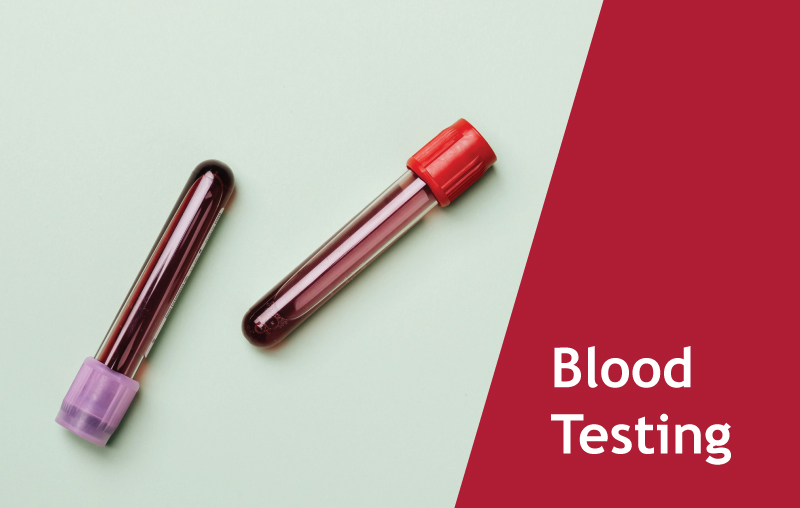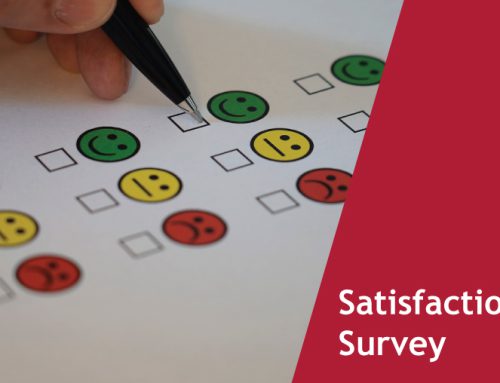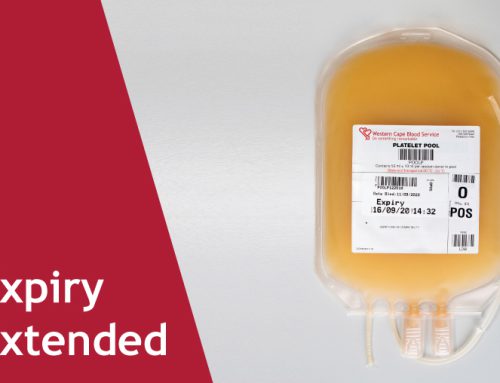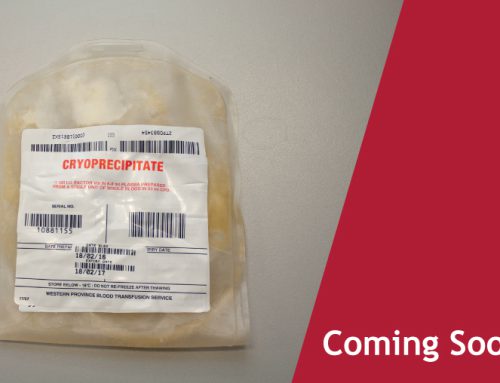The role of the Blood Services to ensure a hepatitis-free blood supply cannot be overlooked, as we mark World Hepatitis Day on 28 July.
WCBS screens donors for hepatitis in the self-exclusion questionnaire and tests every donation for hepatitis B and hepatitis C using strict algorithms. In addition to this, WCBS performs donor-triggered and patient-triggered lookback investigations to identify possible hepatitis transmission from a blood donation.
Donors who disclose having had hepatitis in the questionnaire will have blood samples taken to test whether their blood is safe for transfusion to a patient. Donors who have confirmed hepatitis C in the past will unfortunately not be permitted to donate (even if they have received treatment), while those who have had hepatitis B may be permitted to donate depending on their antibody levels. Previous infection with hepatitis A will not preclude donation as this infection is not transmitted via blood products. Donors are also asked whether they have had recent contact with people with hepatitis or have received a hepatitis immunisation, as this may also result in temporary deferral.
First-line hepatitis B testing includes surface antigen and DNA detection using nucleic acid amplification testing. In the event that these results are positive or discordant, hepatitis B core antibodies (total), hepatitis B core IgG antibodies, hepatitis B core IgM antibodies, hepatitis B surface antibodies and qPCR will be performed.
First-line hepatitis C testing includes hepatitis C antibodies (serology) and RNA detection using nucleic acid amplification testing, and second-line testing includes hepatitis C antibodies by chemiluminescent immunoassay and electrochemiluminescence, and qPCR.
In addition to thorough testing of each donation, in the event that a donor tests hepatitis B or C positive, the blood product recipients from their prior donation (if the donor has donated before) will be traced and contacted, with assistance from the treating clinician, for testing to identify possible viral transmission. Where a blood recipient or clinician may suspect viral transmission from a blood transfusion, the donor(s) will be traced and contacted for testing to identify this. More information about look back investigations can be viewed here.
For queries about hepatitis testing algorithms and pathogenesis of hepatitis, contact Russell Cable, Head – Donation Testing (Russell@wcbs.org.za)





